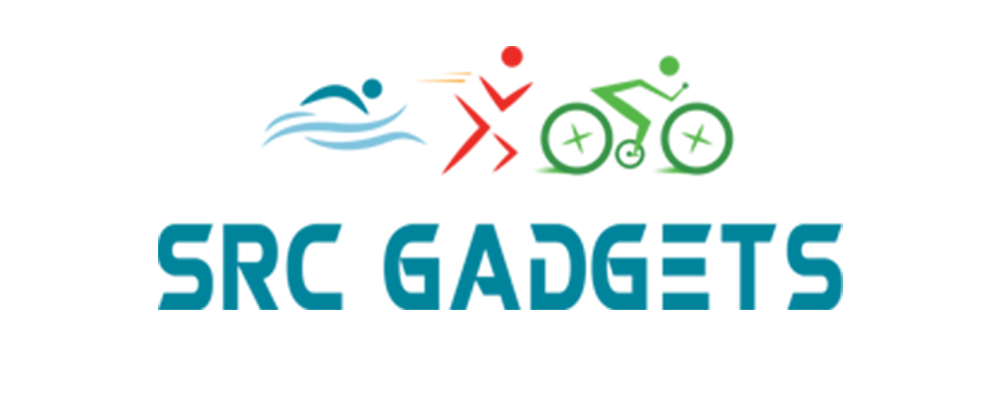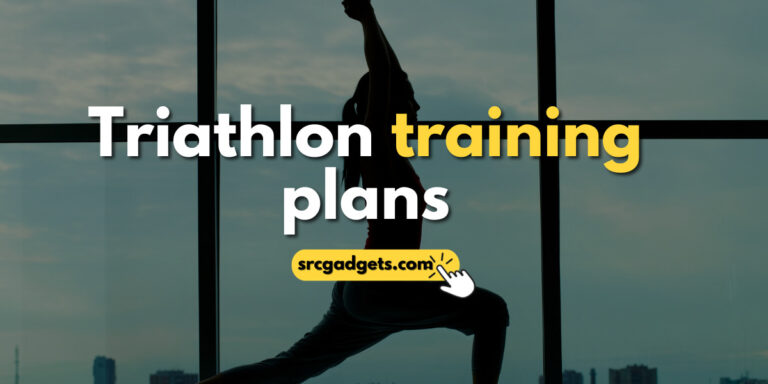What is a Brick in Triathlon Training?
When you are deep into triathlon training, you will hear experienced athletes use the term brick. But what exactly is a brick workout?
Let s look at what brick workouts are, why they are so important in triathlon training with multiple sports, and how they can improve your race day performance.
Understanding Brick in Triathlon Training
Picture this: You are swimming in open water. Your body slides through the waves smoothly. Suddenly, you are biking on land, pedalling hard with the wind on your face. Then you jump off the bike and start running, your feet hitting the ground.
These quick switches between swimming, biking, and running are brick workouts. Brick workouts train your body and mind to smoothly change between the three sports. They build more than just physical strength. Brick workouts also mentally prepare you for the fast changes during a triathlon race.
Origin and Definition of Brick Training
In triathlon training, a “brick” is when you do two activities back-to-back with no rest in between, like cycling after swimming or running right after cycling. It’s like stacking bricks to build a strong wall. This method has been a key part of triathlon training from the start and is all about practicing the switch between activities to make it smooth on race day.
“Brick” workouts train your body and brain for quick changes during a race. They help your mind shift focus and get your muscles used to moving from one sport to another. It’s essential for feeling confident and prepared for every part of a triathlon, making transitions feel more natural.
Purpose of Brick Workouts
Why are brick workouts important? They help you build up your endurance and make it easier for you to exercise for longer. During these workouts, you practice your pace for the race and understand how your legs will feel during the actual event, whether they ll feel tired or strong.
Brick workouts are like practice tests before the final exam, which is your race day. They get your body and mind ready for the quick changes you need to make from swimming to biking to running.
By doing these regularly, you train yourself not to get too tired or slow down during these transitions.
Implementation of Brick Sessions
Incorporating brick sessions into your triathlon training plan can seem daunting at first. Start with the basics: a short bike ride followed by a quick transition to a run. Think of it as a warm-up run that teaches your legs to switch gears, literally and figuratively, to find that race pace sweet spot.
Types of Brick Sessions
Brick workouts can be customized for your needs. For short triathlons, you may focus on quick, intense switches between the swim, bike, and run. This prepares your body for the fast speed of a sprint triathlon. For longer Olympic or half-Ironman races, your bricks would focus on having strength and energy that lasts. The goal is keeping a steady pace during the entire race.
When planning bricks, think about your triathlon goals. If you want to do well in sprints, make your bricks short and intense. Try to closely copy the speed you will use during the race. If an Olympic or half-Ironman race is your target, make your brick workouts longer to build endurance. Work on keeping your pace steady as you switch between the three parts. Well-designed bricks set you up for success on race day.
Practical Tips for Brick Workouts
Brick workouts take practice to get right.
Brick workouts take practice to get right. Start by properly warming up your muscles before the first part of the workout.
When transitioning from one discipline to another, like from the bike to the run or swim to bike, ease into the first section.
Pacing yourself is key – find a steady speed that matches how fast you expect to go on race day.
Don’t forget to drink enough fluids and eat the right foods. Properly fueling your body makes completing the workout much easier.
Have all the necessary equipment organized and within arm’s reach during transitions. Bring a change of run shoes to switch into along with fresh socks, extra nutrition, and hydration for each segment.
Setting up your transition zone like you would during an actual race ensures you develop the right habits when racing.
Lastly, approach brick sessions with the proper mindset. Know that the initial switch between disciplines will likely feel cumbersome. Stay positive and focused on your race pace.
Gradually increase the workout duration as you acclimate more. Scheduling your longer brick sessions to fall nearer your competition mimics race day conditions, better priming your body and mindset to be race-ready.
Adjusting Brick Workouts for Different Triathlon Distances
Brick workouts should match the race you are training for. If you are training for a short triathlon, your bricks can be short and intense. If you are training for a long triathlon, your bricks should focus on going at a steady pace for a long time. You want to practice transitions that save energy so you can keep going through the whole race.
For short triathlons like a sprint, do lots of short and fast brick workouts. This gets your body ready to go all-out during the race.
For long triathlons like an Olympic distance, make your bricks longer to build endurance. Practice smooth transitions to keep some energy in reserve.
Sprint Triathlon Brick Workouts
For people looking at the short sprint distance races, brick sessions are quick and intense. The goal? To get your body ready for the high speed a sprint triathlon needs. Lots of targeted brick practices will help you find the burst of power to race through the event fast.
In the swim portion, push yourself to swim faster than normal. On the bike, pedal hard with high energy. When you get to the run, your legs may feel tired. But dig deep and pull from reserves to keep a quick pace. The more you practice fast transitions in bricks, the easier it will feel on race day. Bricks build the speed, power, and mental toughness for the intense sprint.
Olympic Distance Brick Workouts
Moving up to the Olympic distance triathlon? Your brick sessions will also become more challenging. Here, it’s about building endurance to handle a longer race while still focusing on fast and smooth switches between swimming, biking, and running.
You need to build strength and stamina in your muscles so they can keep going through the whole race. Mentally, longer bricks teach you to stay focused as you get more tired.
Quick but smooth transitions also become very important – they help you save energy for the full Olympic distance. Practice them often so they feel natural on race day. Proper pacing, fueling, and listening to your body will help you get through these tough but essential sessions.
Common Challenges and Solutions in Brick Training
As you do more brick workouts, you will likely face some challenges. The most common issue people have is heavy legs. Your legs may feel very tired and heavy when you switch from biking to running. But don’t worry – with the right training plan, you can overcome this.
Mental Strategies for Brick Workouts
Brick workouts challenge both your body and mind. During these sessions, it is important to mentally prepare for the transitions between swimming, biking, and running. Picture yourself smoothly switching between activities. Keep thoughts positive and focus on maintaining race pace, telling yourself “I trained for this!”.
Pushing through mental barriers during bricks is key. When you feel tired or want to quit, stay focused. Good hydration and nutrition provide energy to keep going. Listen to what your body needs – sometimes easing pace to focus on form and efficiency is smart. Brick sessions build mental stamina and resilience, not just endurance.
Setting small, attainable goals for each segment is another mental tip. Take note of how you feel. Celebrate your successes. Mental confidence prepares you to excel physically. Maintain a positive attitude and relax between transitions. Train your brain to handle race day challenges better.
Overcoming Fatigue in Brick Training
When you start feeling very tired during brick sessions, it’s time to push yourself. Drinking enough fluids and eating the right foods will give you the energy to keep training. But also pay attention to what your body is telling you. Sometimes it’s smarter to slow down and focus on having good form and movement. Remember, brick sessions help build your ability to bounce back and your endurance.
It might seem odd, but sometimes going slower in training helps you go faster later. If fatigue forces you to slow your pace, don’t get discouraged. Lower intensity lets you practice keeping good form when tired. It also gives your body a chance to recover during the workout. That way, you build resilience for pushing hard on race day. Think of it as a chance to train to go slow so you can ultimately go fast.
Conclusion
In conclusion, a brick is a key triathlon workout where athletes switch between disciplines with no rest, like cycling and then running right away. Brick sessions train the body and mind for the smooth, fast transitions required in a triathlon race. They build physical stamina and mental toughness to change gears between the swim, biking, and running. Ultimately bricks teach you to efficiently maintain pace on race day for a better performance.





